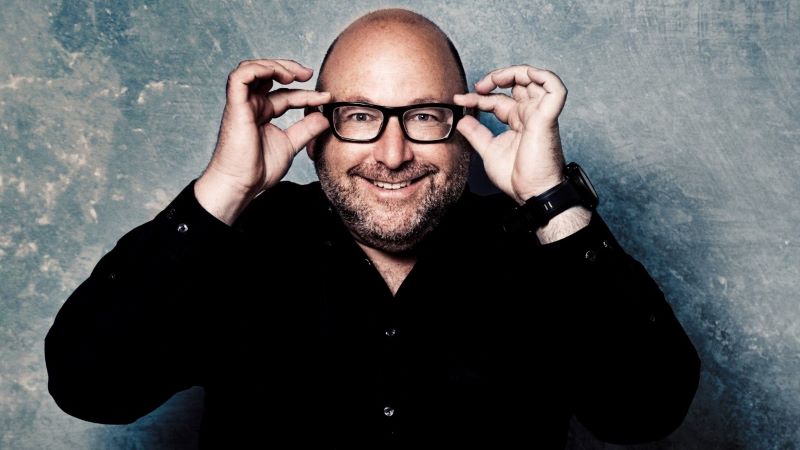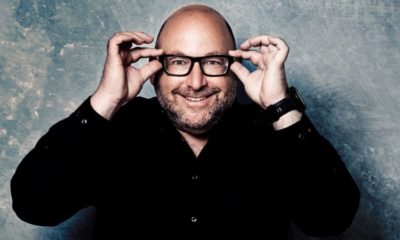
Voices

Orange is the new circle
There are so many circles, some so large that they take decades to close.
In 2005, the colour orange emerged as a potent emblem of resistance against Israel’s disengagement from the Gaza Strip. Protesters donned orange ribbons and garments to symbolise their opposition to the withdrawal, drawing inspiration from the vibrant orange groves of Gush Katif, which represented the flourishing communities they were compelled to leave behind. This hue encapsulated collective defiance and a deep connection to the land.
In a poignant shift of symbolism, orange has recently come to represent profound grief following the tragic fate of the Bibas family. Shiri Bibas and her two young sons, Ariel and Kfir – affectionately known for their distinctive red hair – were abducted and later killed by Hamas terrorists. In their memory, landmarks worldwide were illuminated in orange, and mourners displayed orange ribbons, transforming the colour into an international symbol of mourning and solidarity.
Thus, within two decades, orange has traversed from a symbol of political resistance to one of collective mourning, reflecting the evolving narratives and emotional landscapes of Israeli society.
Then, there are the circles that span less than 18 months.
In September 2023, during Yom Kippur, tensions flared in Tel Aviv’s Dizengoff Square when secular activists dismantled a makeshift mechitza – a divider separating men and women – set up by the Orthodox group Rosh Yehudi for public prayer. This act was in defiance of a municipal ban on gender segregation in public spaces, leading to confrontations that underscored deep societal divisions over religious practice in secular areas.
Fifteen months later, a shift occurred. A freed hostage called upon the residents of Tel Aviv to join her at Hostage Square for the reading of the Megillah on Purim. Thousands responded without hesitation, gathering in unity to partake in the religious ceremony.
“Yom Hakippurim”, easily translated as a day like Purim. A closing of a circle.
Some circles take generations to close.
Growing up, first night seder was always at my grandparents. Survivors. It was here where I first grappled with the complexity of free choice as it related to G-d’s hardening of Pharaoh’s heart. And here where each year, the adults debated who was worse in the battle of evil – Hitler or Pharaoh. Until inevitably, the conversation was ended by my grandfather, who could tolerate it no more. It was at the seder table where I began to see that there were subjects too painful for some.
Fifty years later, both my grandparents and parents no longer have a seat at a seder table, and I will probably be the one to end the conversation about the evil of Hamas. Because we have spent 18 months in pain. And because sometimes it feels like it’s too much.
And, at the same seder, I will gaze upon my children and grandchildren, and be reminded of the enduring legacy that binds our family across generations. My son, bearing the name of my opa, now has a daughter who carries my father’s name. In their laughter and achievements, I will see reflections of our ancestors’ spirits, their dreams and struggles resonating in the present. I will note the continuity that is a testament to the unbroken chain of our heritage.
Though each generation may face adversaries who rise for our downfall, they won’t prevail. For our legacy, like the eternal cycles of life, will persist. We endure, we thrive, and we celebrate. Chag sameach!






